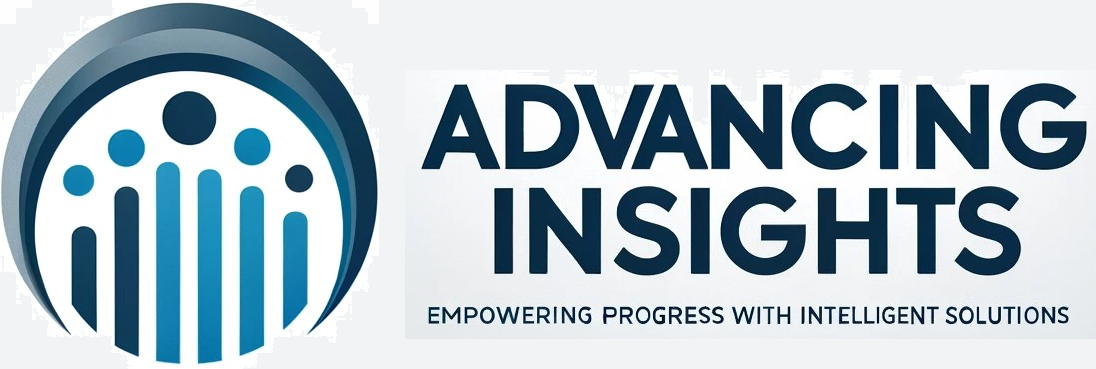One Del.icio.us Ideascape
A week or so ago, I was exploring del.icio.us (social bookmarking) to learn what was new in the blogosphere. I usually start with my own tags (bookmarking, folksonomy, taxonomy, content management, knowledge management, idea management, enterprise blogging, innovation, etc.) to discover who has similar interests. I discovered "Contentious" under folksonomy. After reading through several of the posts, I added the RSS feed to my news aggregator. This simple process, knowledge sharing, yields big returns. Anyway, I came across a post from that explains how-to use bookmarking and tagging services better than anything else I've read.
Understanding the concepts behind bookmarking and tagging is important for anyone considering social networking applications. Let me explain. To begin with, social networking applications can fulfill any number of requirements. From content management and knowledge management to idea management and even a gigantic learning and development environment, the platforms have a lot going on, which makes them seem overly complex. They aren't! What's more, if you toss in social media, enterprise blogs, wikis, forum, chat, taxonomy, folksonomy, etc, well, things get easily jumbled up. So to gain perspective on bookmarking, tags, etc., and how most people would benefit from them read the following post.
Furl and Del.icio.us: Almost Perfect Together - As I've mentioned before, two web-based tools I use extensively to keep track of important or interesting online information are Furl and del.icio.us. Both of these tools help me file links that I wish to remember or recommend, and allow me to share that information flexibly. Over the last few months I've developed my own way of using these two tools together. It suits me, and I think it suits the unique strengths of each tool. So in case it's useful to others, here's how I use Furl and del.icio.us together...
Update: Amy Gahran, from Cententious has a new post "Use Tagging for a Networked Index? Hmmmm…." that delves into the discovery process using del.icio.us.
Clients are mainly interested in access to their content as opposed to origin. In other words, who has access to their information. I am bringing this up because bookmarking on del.icio.us exposes information to the public. With Ideascape, you can publish your posts internally and/or externally, which means that it can be made public or remain private. For example, if your company is using the service and you have 1000 employees, each could have their own blog – or 1000 blogs for your company's account. Whether each employee's post is made public or kept internal depends on the nature of the content. Of course there are permissions that can be set that will allow certain users or user groups the ability to publish externally or internally, depending on your needs.
Using del.icio.us for external bookmarking is great, and we would ncourage your employees to use it. But even with delicious, a serious internal classification system(s) is needed to maximize the shared understanding of an organization's content. Ideascape uses a central repository with both a taxonomy and a folksonomy. A well-defined taxonomy makes finding content fast and easy, while a folksonomy is slower but the discovery of new content delivers magic. Within Ideascape, the internal bookmarking/tagging system we use is based on the same concepts as delicious, letting the magic happen.
FYI, I am right in there with Joshua Schachter, (the delicious developer) on all the ideas being discussed on how to make it better. Many of those ideas make it into Ideascape with limited disruption or down time.
BTW, we also have a stand-alone bookmarking/tagging service for those businesses that want to have their own. Employees would use it the same way as delicious.










